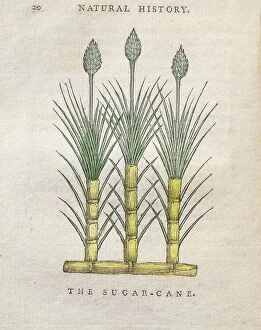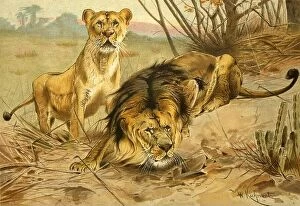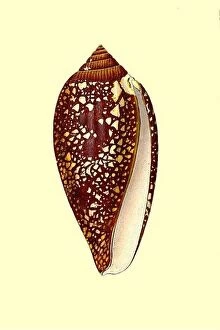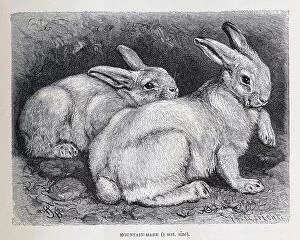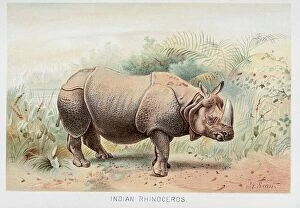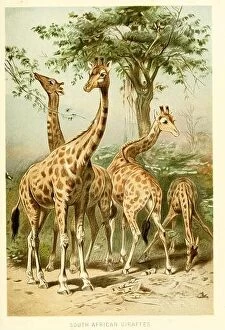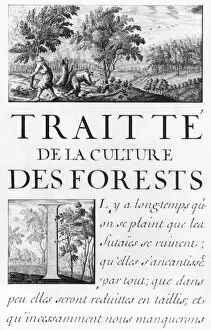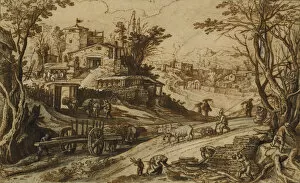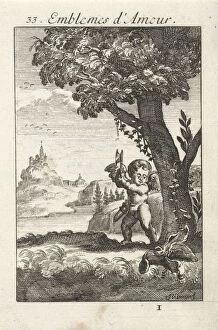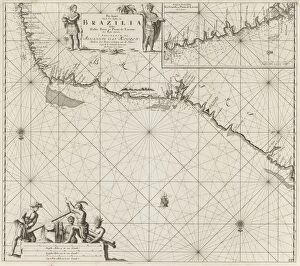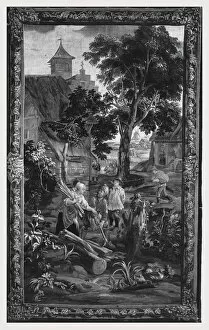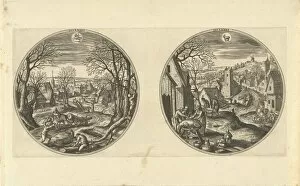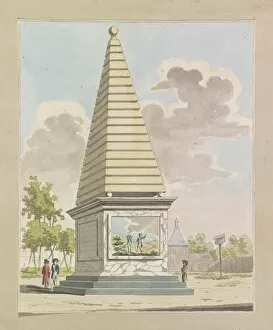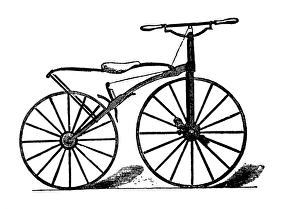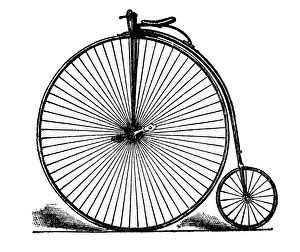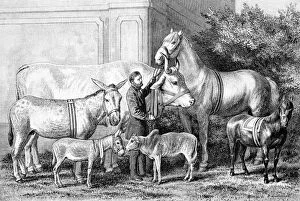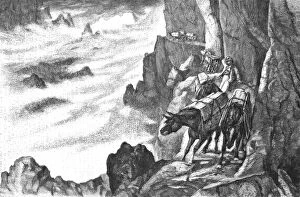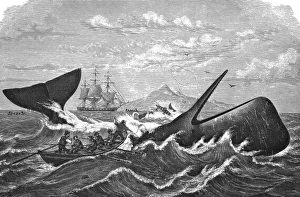Woodcutting Collection
Woodcutting has been a timeless practice, depicted in various forms of art throughout history
All Professionally Made to Order for Quick Shipping
Woodcutting has been a timeless practice, depicted in various forms of art throughout history. From the intricate details of historical artwork like "The Castle of Labour" to the raw beauty captured in "Woodcutter Trimming Faggots, " this age-old trade continues to inspire and fascinate. In manuscripts such as Ms 170 fol. 59, we see monks diligently chopping wood, showcasing the importance of this task even within religious contexts. The significance is further emphasized in works like Ms 260 volume IV's frontispiece, which highlights the cultivation of forests for sustainable practices. As seen in "Wood Cutting in Windsor Forest, " artists have also portrayed this laborious activity through colored engravings, bringing life and vibrancy to scenes that would otherwise be mundane. In January-themed artworks such as "January: wood-cutters in a winter landscape, " we witness how woodcutting perseveres even during harsh weather conditions, symbolizing resilience and determination. Paintings like "A Rest in Woodland" and "The Wood-Cutters" depict serene moments amidst nature's bounty, reminding us of the tranquility found within these woods. Even beyond borders, as shown by "Indian Sugar Camp, " woodcutting remains an integral part of various cultures worldwide. Finally, with references to specific time periods like "January 1595-1600, " we are reminded that this craft has stood the test of time for centuries on end. So next time you come across a barrel apple sales left apples or find yourself surrounded by towering trees whispering tales from their rings.

